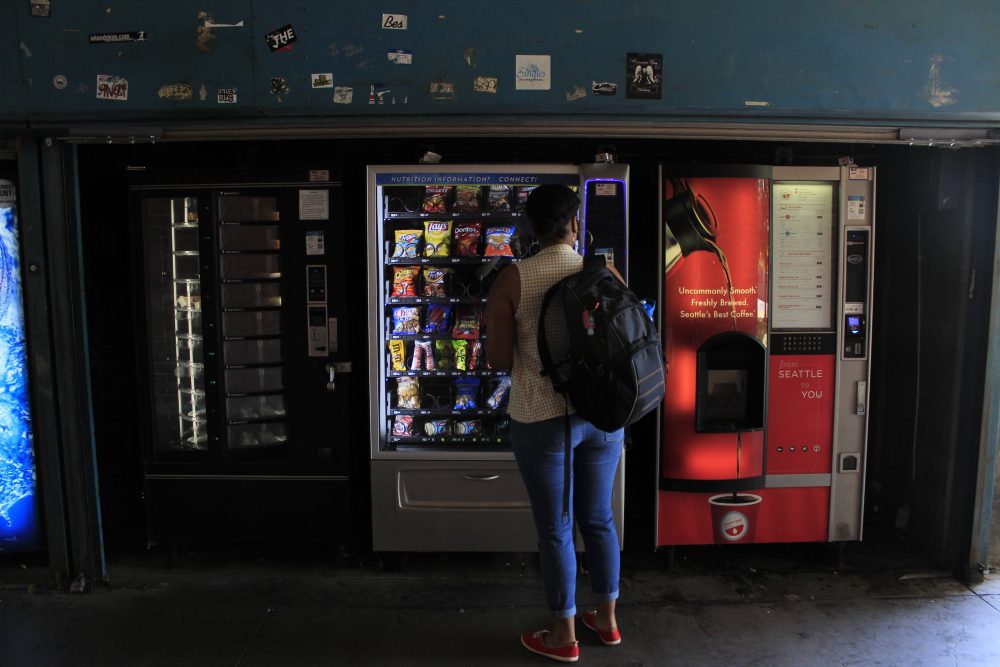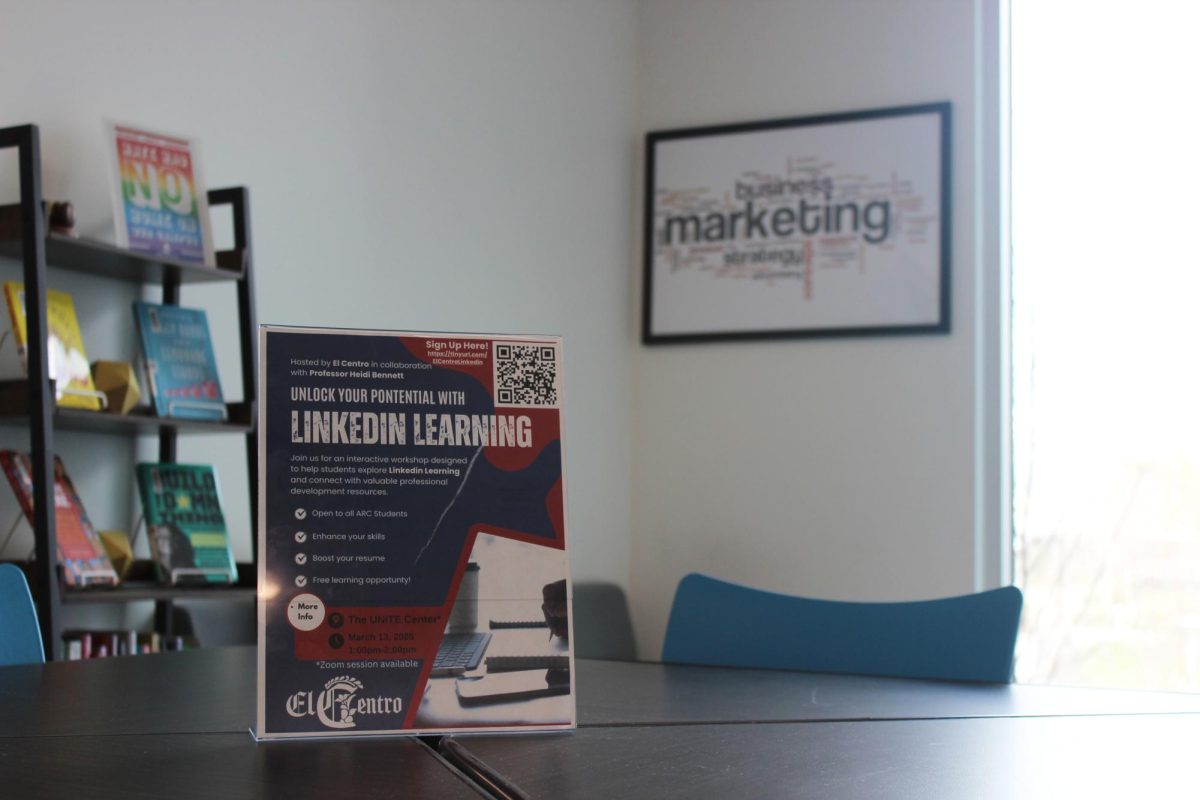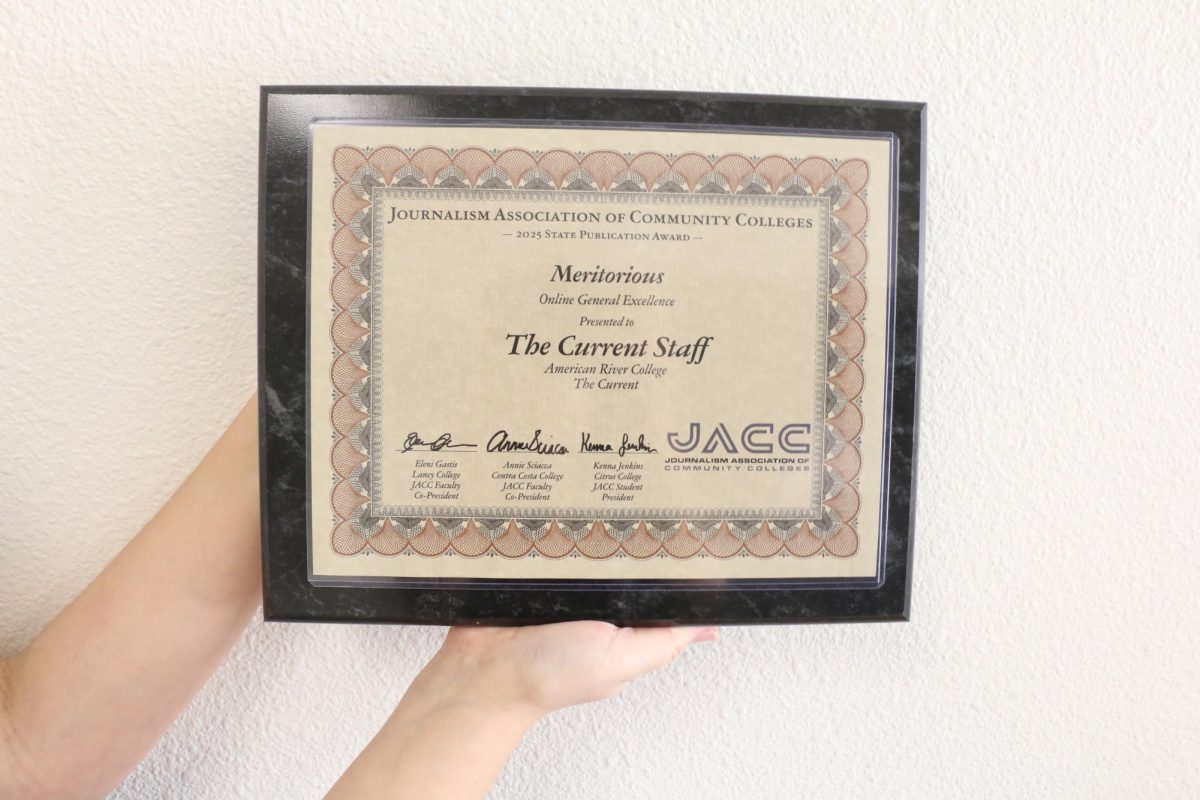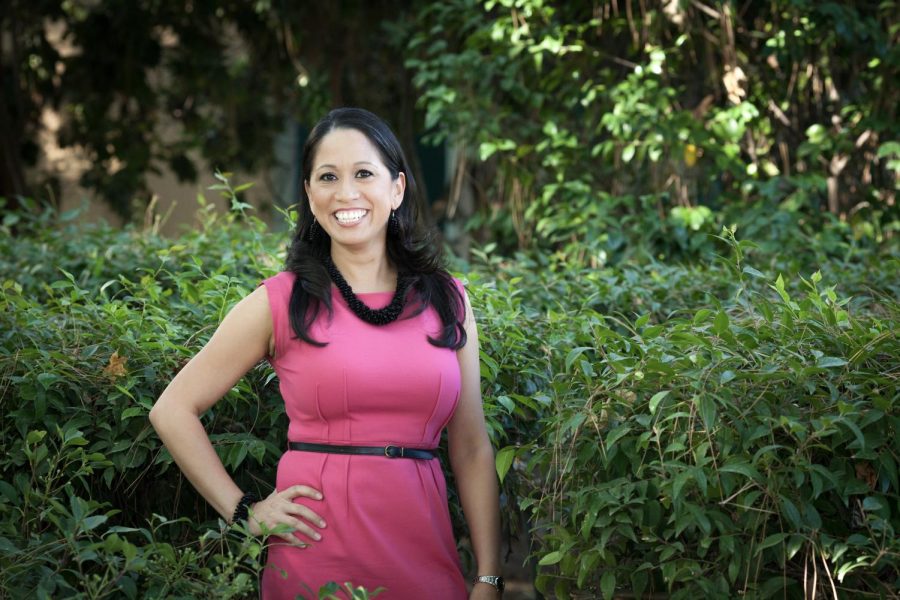American River College offers a variety of foods on campus, but not enough of these foods are as healthy or wholesome as students need. From the cafeteria to the vending machines, our campus has a junk food problem.
Take a walk around campus and you’d have a hard time finding foods that are nutrient, rich and filling.
It’s not that there are no good food options, because there are, such as Subway, the salads the school has, and the fruit that is sold in the cafeteria. These suitable options are just overwhelmed by all the junk food, when it should be the other way around.
Cindy Chue, a general studies student at ARC, said not only is there more junk food on campus than healthy food but also the healthier options, like the sandwiches being served in the cafeteria, “taste plain” and if they tasted better she’d be more inclined to buy them.
According to a study done by the Journal of Nutrition Education and Behavior (JNEB), 59 percent of the students they surveyed were food insecure. Food insecurity is described by the Life Sciences Research Office as limited or uncertain availability of nutritionally adequate and safe foods in socially acceptable ways. This means that of the students surveyed didn’t have access to nutritious, budget-friendly food.
There has to be more healthy food choices available for students, and less junk food.
One of the major sources of junk food on campus, vending machines, is a convenient snack for those who don’t have enough time to bring their own food to school, but the convenience comes at a cost.
The snacks that are in these vending machines are usually chock full of sugar and fat, far more than what the average student needs from a snack.
The total sugar in these snacks is usually past 20 grams. The American Heart Association (AHA), recommends that people intake a maximum of 35 grams of added sugar per day, which are sugars that are added to foods, not naturally occurring ones like the ones found in fruit and vegetables.
One single Pop-Tart has 14 grams of sugar, and comes in at 210 calories. That means that the pack you buy is actually 420 calories, and 28 grams of added sugar. That’s 80 percent of your recommended added sugar intake.
Another problem is that the nutrition for these foods is never labeled ideally. Who buys a bag of Pop-Tarts, and only eats one?
One tool these vending machines have is a number you can text that will then send you a link that will give you the nutritional info of the food inside. The problem with this is when you try it, it gives a you a blank page.
This means that students don’t even know what the nutrition of the food they’re getting is before they reach their hand in the machine and look at the bag. This is always after they’ve spent their money.
Soda machines have a solution to this, putting the calories in big bold numbers on every option. Snack machines should have the same.
Another simple solution to give students more healthy food options would be to adopt something like Healthy-You Vending. This company advertises vending machines that are filled with healthy options for students.
Some of the options include dried fruits, baked chips, seeds and nuts, and healthy to-go meals like brown rice and ramen dishes. These machines could replace the ones we have and provide students with many more choices.
This solution would not only keep students healthier, but would help keep students energized and full for the long days they have ahead.














